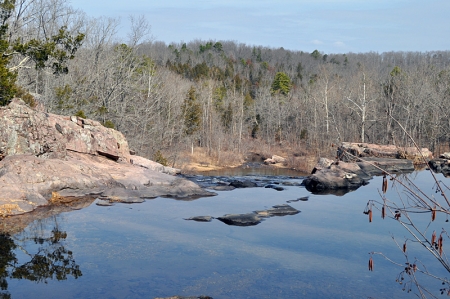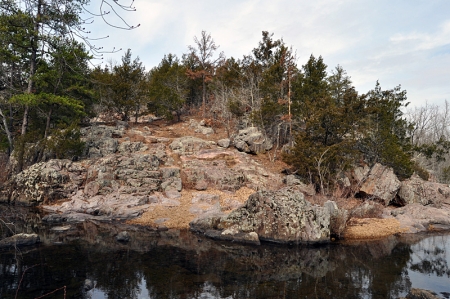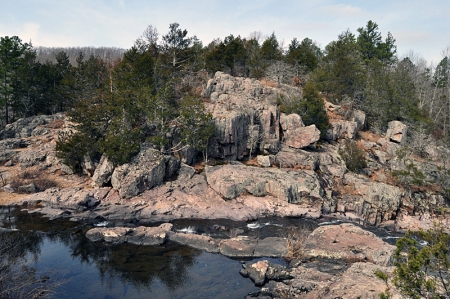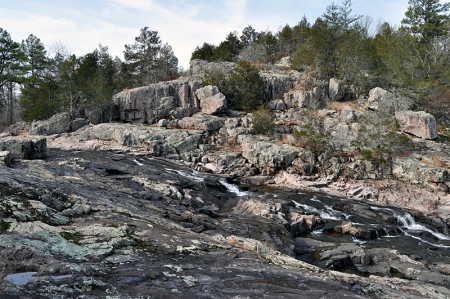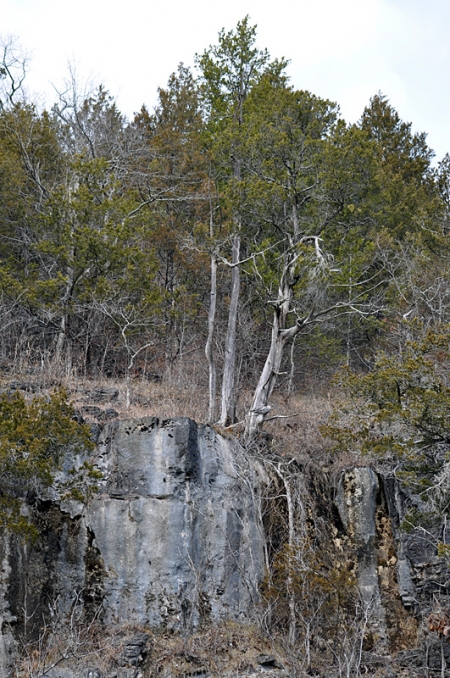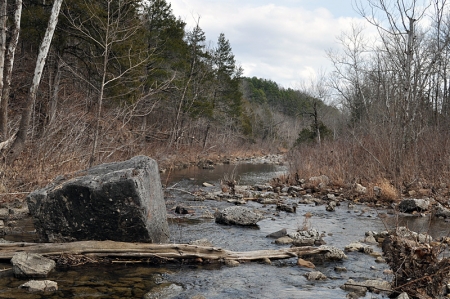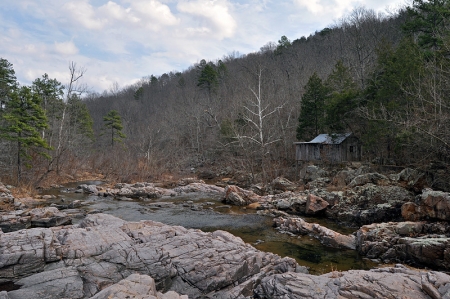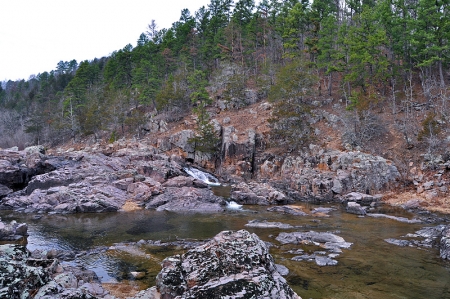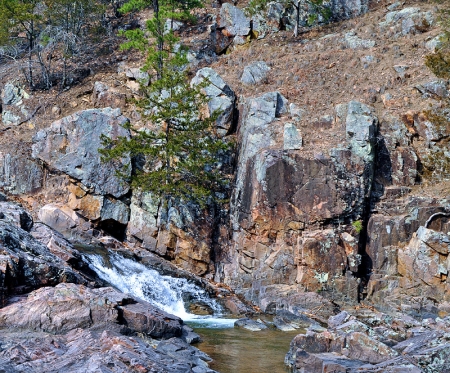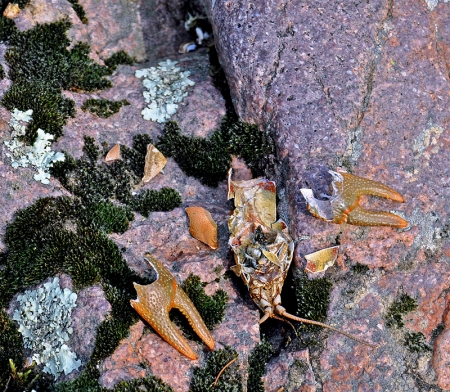About a month ago, I finally gave in to the temptation to upgrade from my Olympus point and shoot camera to a “real” DSLR model. I’d been on-again, off-again considering it for some time and the tipping point was a friend offering me a very sweet deal on some nice Nikon F-mount glass, including 3 macros (Thanks, Mike!). All four lenses are manual focus, but the ability to really manual focus was one of the reasons I was attracted to a DSLR. Yes, I know most all point and shoots offer a manual focus mode, but lets face it, it’s as useful as the proverbial tits on a boar hog.
I quickly settled on a Nikon D90 after reading nothing but glowing reviews of it and the nice government employee discount I received from Dell hurt not a bit. The kit lens that Nikon/Dell tried to talk me into wasn’t as well received in the photography community, so I ordered a D90 body and looked for lenses elsewhere. For about half the cost of the kit lens, I was able to purchase a refurbished 18-55mm Nikkor lens, that while not a true macro, does focus down to about a foot, and a used Sigma 70-300mm from Ebay, that actually lives up to its MINT advertising. Both lenses were generally highly regarded and the two will cover almost any situation I’m likely to encounter. I will probably add a 500mm lens sometime in the future and if I get really lazy, an autofocus macro lens.
Anyway, I’d had this new equipment for nearly 10 days, but weather and work had conspired to keep me out of the field, with no chance to try the camera on things other than my pack of dogs and a completely unwilling wifely model. Finally, a Sunday without rain, snow, ice or other inconvenience arrived and I determined to head to the Rocky Creek area and find something to shoot.
The Rocky Creek area is something of an anomaly in the Current River basin. Where the rest of the drainage has the good fashion sense to clothe itself in “modern” dolomite (a form of limestone,) much of the area Rocky Creek drains exposes it’s ancient and elsewhere underlying rhyolite (granite,) apparently believing itself to be part of the St. Francis mountains to the east. Where dolomite is soluble to water, rhyolite is not. Water flowing over rhyolte, unable to deepen its channel, is forced into narrow and sometimes spectacular passages called shut-ins. There are several of these in the Rocky area and I visited two of them.
The first and most spectacular is Rocky Falls, where the creek quickly drops 40’ over a rock face into a large pool. The falls is a very popular spot and though I arrived around 8:30 a.m., there were already four vehicles in the lower parking lot. I had slipped in by a lesser known “back door” and stopped at the trailhead that led to the top of the falls. The other folks were skittering (and, in at least one case, falling) about on the lower rocks and I was able to get several people-free photos before they began climbing in earnest towards the upper reaches.
Not what you expect of typical Ozark terrain, eh? You can see in the second photo where the Ozark Trail crosses the top of the falls. Actually, it may be a spur of the Ozark Trail, I’m not certain. I’m more of a plodder than a hiker, pausing to look at things too often to cover any appreciable amount of ground, so I’m not big on hiking trails.
Leaving the falls, I drove to the end of the pavement (NN Highway,) took a right and drove to Robert’s Field, a primitive campground at the confluence of Rocky Creek and the Current River. I was hoping to see an eagle along the river, but no such luck. There were three wood ducks in the creek at the last crossing before reaching the river, but of course they saw me in my bright red truck long before I saw them and took flight immediately. This was to repeat itself three more times during the day. This trio flew upstream, out of site, but never crossed the large field in the general direction they were headed, so with a little luck on my side, I thought I might be able to find them again. I parked in the field and moving as stealthily as my 260 pounds will permit, made my way to the creek. I was correct in that the woodies had landed on the creek and I walked right to them, and within 30’ to boot. Unfortunately, they once again saw me before I saw them and my first inkling they were there was a splash and the whistling of their wings as they made for the river this time.
A little bummed now, I headed back to the truck. Returning to the end of the pavement and taking the other road, I bounced and jolted along until I reached the road turning to the right into the field that led to Cedar Bluff, another, even more primitive campground, this one on the creek itself.
Back on the road, another half mile brought me to a second shut-in, this one featuring the old Klepzig Mill.
Some critter had enjoyed a seafood meal on one of the rocks out in the midst of the shut-in.
There was no real clue to the diner, but I imagine it was one of three suspects: raccoon, mink or otter. I’ve found crayfish remains many times before and this is the first time I remember seeing the claws broken and the flesh removed, but maybe I just didn’t pay close enough attention.
Leaving Klepzip, I continued upstream, crossing and re-crossing Rocky Creek and later Wildcat Hollow. One of the crossings was deep and full of rather large rocks and I was beginning to doubt my faith in 4-wheel drive. I made it through and after a missed photo opportunity with a woodcock, reached pavement again in the form of H Highway and headed back to the house (and breakfast.)
